The Response of Coyotes to Novel and Familiar Visual and Olfactory Stimuli
Coyotes, also known as Canis latrans, are a medium-sized carnivore found in many parts of North America. Coyotes are of economic interest to agriculturalists because their numbers can result in conflict. The most effective techniques for controlling coyotes involve the use of attractants, such as scents or visual stimuli, placed in traps or other contexts. Many investigations have shown that artificial scents, such as aldehyde decanoate, can be effective at attracting coyotes. Studies suggest that coyotes rely heavily on olfactory and visual stimuli when hunting, but may also use audition to a lesser extent. Recent research has investigated the response of coyotes to novel olfactory and visual stimuli in order to better understand and control their behavior. This research has also looked at whether the response to these stimuli differs based on sex and social rank.
The study was conducted at a research facility in Utah, where 20 hand-reared coyotes were used in the experiments. The coyotes were placed in a 15 x 15-meter enclosure constructed of chain link fence topped with electrified wires. The experiments were designed to test the response of the coyotes to familiar and unfamiliar scents. The animals were separated into two groups: Group A, which was exposed to a novel scent (Tahu perfume oil) in their kennels for 1 hour preceding the test, and Group B, which was exposed to a familiar scent (fennel oil) in the same manner. The response to the scents was measured by the amount of time the animals spent within 1 meter, 3 meters, or 5 meters of the scent during a 10-minute test, and by whether or not the animals bit, pawed, or avoided the scent. The hypothesis was that there would be no difference in the response to familiar and unfamiliar scents, based on the assumption that the animals would be more cautious in approaching unfamiliar scents.
Test No. 2 involved the use of familiar and unfamiliar objects as stimuli for the coyotes. The animals were given the opportunity to approach the objects, and their response was measured in the same way as in Test No. 1. The hypothesis was that the coyotes would be more cautious in approaching the unfamiliar object than the familiar one. Test No. 3 involved the use of reinforced and unreinforced visual stimuli for the coyotes. The animals were given the opportunity to approach the stimuli, and their response was measured in the same way as in the previous tests. The hypothesis was that the coyotes would be more attentive to the reinforced stimuli than the unreinforced ones. Test No. 4 investigated the influence of sex and social rank on the response of coyotes to olfactory stimuli. The animals were divided into groups based on their social rank (dominant or subordinate) and sex, and their response to the stimuli was measured in the same way as in the previous tests. The hypothesis was that there would be no difference in performance between dominant and subordinate animals, or between males and females.
The results of the study showed that the coyotes were more interested in the familiar scent (fennel oil) than the novel scent (perfume oil). This was demonstrated by the fact that they spent more time approaching and interacting with the familiar scent, and exhibited more biting and licking behavior towards it. In contrast, the coyotes were more cautious in approaching the novel scent, spending less time interacting with it and exhibiting less biting and licking behavior. The difference in response between the familiar and novel scents was statistically significant. The data was analyzed using Fisher's exact test, and the results showed that the coyotes spent significantly more time approaching and interacting with the familiar scent (p<0.05).
The coyotes were more interested in the familiar object than the unfamiliar one. This was demonstrated by the fact that they spent more time approaching and interacting with the familiar object, and exhibited more biting and licking behavior towards it. In contrast, the coyotes were more cautious in approaching the unfamiliar object, spending less time interacting with it and exhibiting less biting and licking behavior. The difference in response between the familiar and unfamiliar objects was not statistically significant. The data was analyzed using Fisher's exact test, and the results showed that the coyotes spent significantly more time approaching and interacting with the familiar object (p<0.05). However, the relative lack of a significant difference between the familiar and unfamiliar objects suggests that the coyotes may respond differently to different odors, or may not respond to them at all.
This study was conducted to test the response of coyotes to familiar and unfamiliar scents and objects. The results showed that the coyotes spent more time near familiar scents and objects compared to unfamiliar ones, but the difference was not statistically significant. The coyotes also exhibited more approach-avoidance behavior towards familiar scents and objects, but this difference was also not statistically significant. There were no significant differences in the response of dominant versus subordinate coyotes or male versus female coyotes to the stimuli. Overall, the study did not find a clear difference in the response of coyotes to familiar versus unfamiliar stimuli.
Four tests were conducted, in which the animals were exposed to scents and objects with different levels of familiarity and reinforcement. The results showed that the coyotes spent more time approaching and interacting with familiar stimuli than unfamiliar ones, and that they responded more positively to reinforced stimuli. There was no significant difference in response between dominant and subordinate animals, or between males and females. However, the small sample size and consistent rearing conditions of the animals may have contributed to the lack of statistical significance in some cases. The study also found that individual differences in behavior may have affected the results, and that the animals' responses may have been influenced by their previous experiences and rearing conditions.

